Space News
Guardian
207
Image Credit: Guardian
‘Perfect space crop’: Australian company to attempt to grow first mushrooms in orbit
- An Australian company, FOODiQ Global, is set to attempt growing mushrooms in space on SpaceX's Fram2 mission.
- Launching in early April, the Fram2 mission will be the first human spaceflight mission to orbit Earth's polar regions.
- Mushrooms are considered a perfect space crop due to their fast growth, nutritional value, and ability to be eaten raw.
- The experiment aims to analyze the effects of microgravity on mushroom growth and compare the results to control kits on Earth.
Read Full Article
12 Likes
Nasa
220
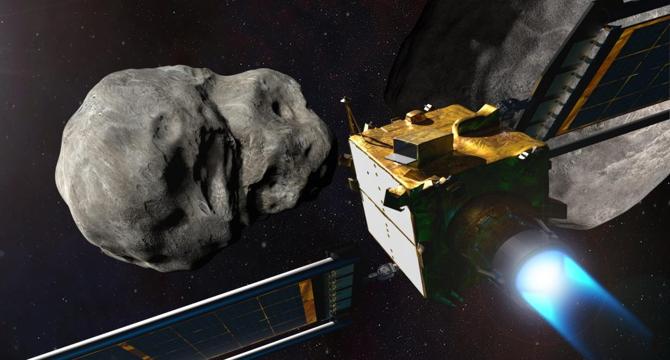
Image Credit: Nasa
NASA Cloud Software Helps Companies Find their Place in Space
- Continuum Space Systems Inc. has developed a cloud-based platform that helps mission planners ensure the success of space resources.
- The company's platform includes features such as orbital maneuver plotting and risk management evaluations.
- Continuum's tools are designed to take a space mission from concept to completion, with three components: design, build and test, and mission operations.
- Several space startups and satellite constellation operators have started planning missions using Continuum's NASA-inspired software.
Read Full Article
13 Likes
Digitaltrends
35
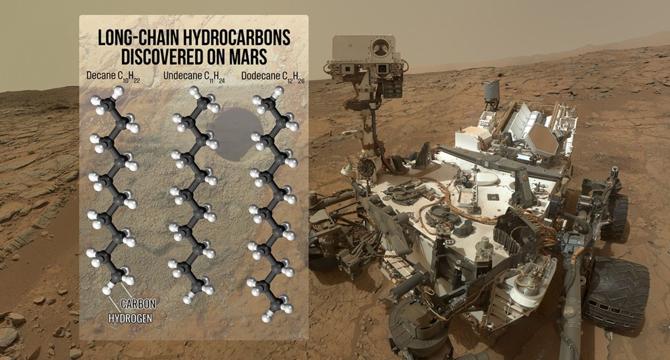
Image Credit: Digitaltrends
Curiosity rover finds tantalizing hints that Mars could once have been habitable
- The NASA Curiosity rover has discovered the largest organic compounds ever found on Mars, suggesting the planet could have been habitable in the past.
- The compounds found, decane, undecane, and dodecane, are fragments of fatty acids, the building blocks of life on Earth.
- The discovery provides evidence that chemical signatures of past life on Mars could be detected by analyzing samples from the planet.
- The presence of clay minerals, evidence of liquid water, sulfur, nitrates, and methane in the region further supports the possibility of life-forming chemistry on Mars in the past.
Read Full Article
2 Likes
Nasa
238

Image Credit: Nasa
NASA Invites Media to Learn About Artemis Moon Mission Recovery
- NASA and the Department of Defense will host a media event on the recovery operations that will bring the Artemis II astronauts and the agency’s Orion spacecraft home at the conclusion of next year’s mission around the Moon.
- A team of NASA and Department of Defense personnel are at sea in the Pacific Ocean where splashdown will take place.
- Artemis II will be the first test flight of the SLS rocket, Orion spacecraft, and supporting ground system with crew aboard.
- The mission is another step toward missions on the lunar surface and helping the agency prepare for future astronaut missions to Mars.
Read Full Article
14 Likes
Discover more
Livescience
432
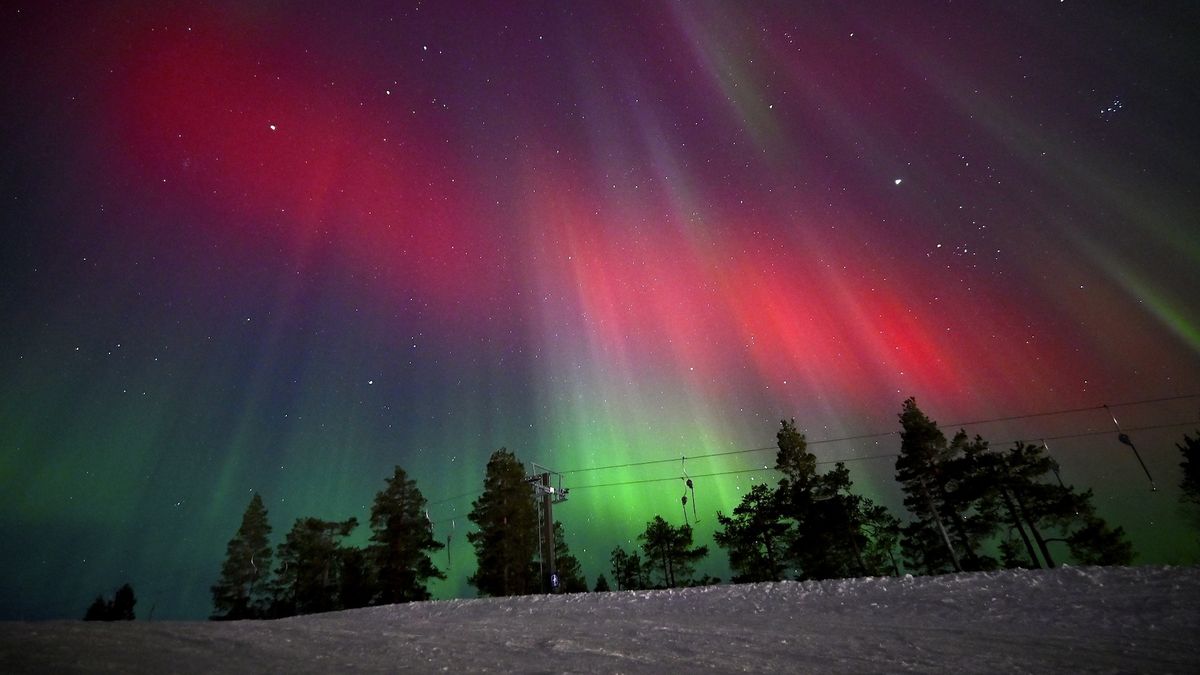
Image Credit: Livescience
Coast-to-coast auroras possible in the US tonight as Earth clashes with a 'coronal hole' on the sun
- Coast-to-coast auroras could be visible in the US tonight due to a 'coronal hole' on the sun.
- The National Oceanic and Atmospheric Administration (NOAA) issued a G2 geomagnetic storm watch, predicting minor technological disruptions and increased chances of seeing auroras at low latitudes.
- Coronal holes are cooler, darker regions in the sun's corona that allow high-speed solar winds to escape and stream towards Earth.
- The best chances of spotting an aurora are on dark, clear nights between 10pm and 2am, away from artificial lights.
Read Full Article
26 Likes
Earthsky
119

Image Credit: Earthsky
A deep partial solar eclipse on March 29, 2025
- A partial solar eclipse is set to occur on March 29, 2025, visible from northeastern North America, Greenland, Iceland, Europe, and northwestern Russia.
- The deepest part of the eclipse will occur before sunrise for most of North America, while the maximum eclipse, with 93% of the sun hidden behind the moon, will be at 10:47 UTC.
- To watch the eclipse, viewers can find the specific times for their location using resources like timeanddate.com, as most of North America will not see the event.
- This deep partial solar eclipse is an opportunity to witness a supermoon eclipse occurring less than a day before the moon reaches perigee, its closest point to Earth.
- The eclipse belongs to Saros 149 and is part of a series of 71 eclipses occurring at the moon's ascending node, with each eclipse moving southward with respect to the node.
- It is essential to use appropriate eye protection when viewing any solar eclipse and to follow safety guidelines to prevent eye damage.
- Various resources provide maps, data, and animations of the March 29 partial solar eclipse, allowing viewers to understand its visibility and path in detail.
- Remember to view the eclipse safely, starting as soon as the sun appears above the horizon and using safe solar filters to protect your eyes.
- The March 29, 2025 partial solar eclipse offers a chance to witness a celestial event across multiple regions, providing a captivating experience for skywatchers.
- Observing planetary and celestial events can be a rewarding experience, and resources like EarthSky's night sky guide can help enthusiasts discover upcoming astronomical events.
Read Full Article
7 Likes
Livescience
167
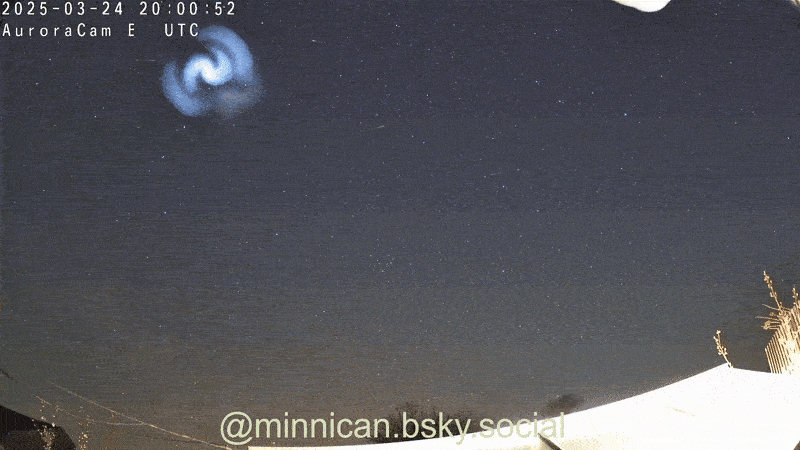
Image Credit: Livescience
Dying SpaceX rocket triggers giant spiral of light above UK and Europe during secret mission
- A dying SpaceX rocket caused a giant spiral of light visible in the night sky over the UK and Europe.
- The light show, lasting around 12 minutes, was caused by light reflecting off rocket fuel dumped by the Falcon 9 rocket.
- The rocket had a secret payload for the National Reconnaissance Office.
- SpaceX spirals are becoming more common as the number of Falcon 9 rocket launches increases.
Read Full Article
10 Likes
Livescience
154
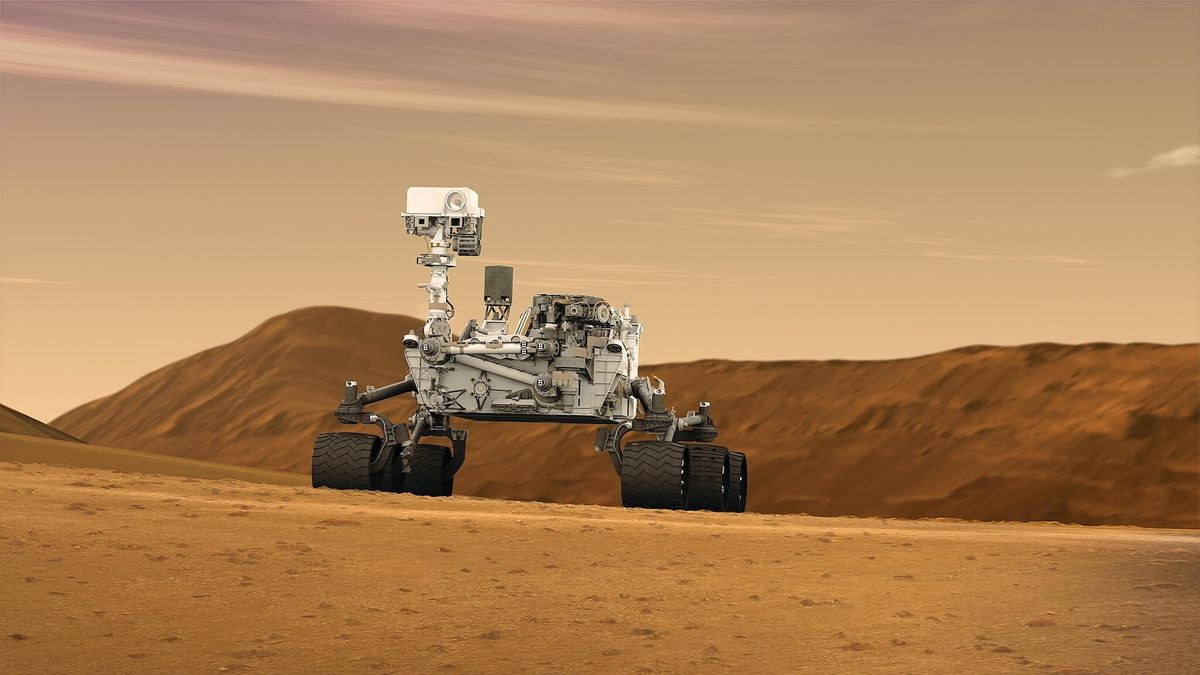
Image Credit: Livescience
Longest molecules ever found on Mars may be remnants of building blocks of life
- NASA's Curiosity rover found the longest molecules ever on Mars, suggesting evidence for ancient life on the planet.
- Long carbon chains detected in a 3.7 billion-year-old rock sample from Yellowknife Bay could be remnants of fatty acids.
- Presence of these molecules hints at potential biological activity on Mars billions of years ago.
- The chains of hydrocarbons including decane, undecane, and dodecane were discovered using Curiosity's SAM instrument.
- Curiosity rover has explored areas like Yellowknife Bay and Mount Sharp on Mars since its arrival in 2012.
- The discovery of the hydrocarbon strings was accidental while searching for amino acids in a clay-rich sample named Cumberland.
- Researchers believe the fatty molecules may have originated from longer tails of fatty acids present in the Martian soil.
- Tests in the lab showed that undecanoic acid could break down into decane, supporting the theory of fatty acid origins.
- The detection of these carbon chains confirms Curiosity's ability to detect complex organic molecules on Mars.
- Researchers aim to bring Martian soil samples back to Earth for further analysis to understand the history of life on Mars.
Read Full Article
9 Likes
Brighter Side of News
198

Image Credit: Brighter Side of News
Oxygen on Mars: Breakthrough technology turns carbon emissions into oxygen
- A breakthrough technology inspired by plants efficiently transforms CO₂ into oxygen, offering solutions for climate change and space exploration.
- Researchers developed an electrochemical method to split CO₂ into elemental carbon and pure oxygen, functioning in extreme conditions like underwater or space.
- Unlike photosynthesis, this method directly extracts oxygen from CO₂ using lithium as a mediator, achieving high efficiency without temperature or pressure constraints.
- The new electrochemical approach achieves oxygen yields of up to 98.6%, surpassing natural photosynthesis and offering versatile applications from Mars to industrial settings.
- Testing the device with varying CO₂ levels, including simulated industrial exhaust and Mars air, proved its potential for producing oxygen efficiently.
- By integrating into industrial systems, the method could aid in reducing emissions, improving air quality, and supporting global climate goals.
- Generating solid carbon as a byproduct enhances environmental sustainability and offers possibilities for carbon storage and reuse.
- This innovation provides a practical method to fight climate change, produce oxygen on Mars, support underwater life, and enhance air purification systems.
- The new technology's scalability and efficiency hold promise for transforming harmful emissions into breathable air, benefiting humanity on Earth and beyond.
- Understanding the evolution and process of photosynthesis highlights its role in sustaining life on Earth, shaping ecosystems, and providing oxygen essential for survival.
Read Full Article
11 Likes
Livescience
57
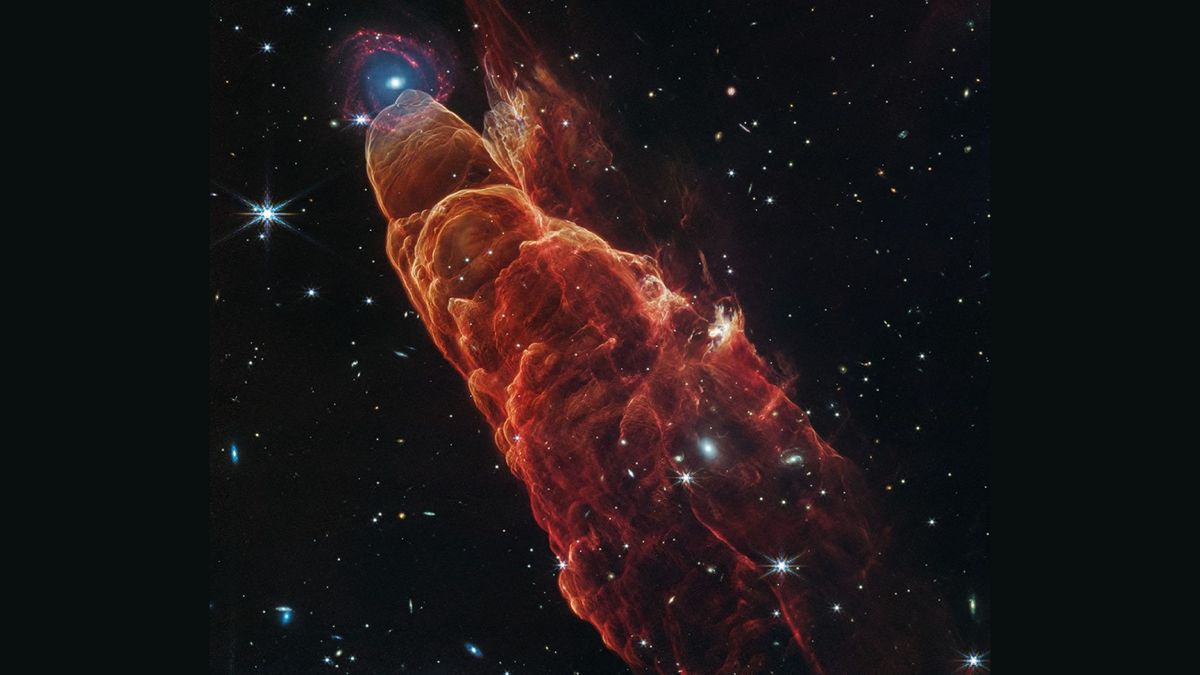
Image Credit: Livescience
James Webb telescope reveals 'cosmic tornado' in best detail ever — and finds part of it is not what it seems
- NASA's James Webb Space Telescope (JWST) has captured a stunning image of a 'cosmic tornado' known as Herbig-Haro 49/50 in the constellation Chamaeleon.
- Herbig-Haro objects are formed when ionized gas jets from newborn stars collide with surrounding interstellar material, creating bright and nebula-like structures.
- Herbig-Haro 49/50 was first discovered by NASA's Spitzer Space Telescope in 2006 and is located in the Chamaeleon I Cloud complex, about 625 light-years from Earth.
- The JWST image also revealed that a fuzzy object at the top of the gas pillar is actually a distant spiral galaxy in the background, not a part of Herbig-Haro 49/50.
Read Full Article
3 Likes
Livescience
423

Image Credit: Livescience
Elusive 'Blaze Star' nova could finally appear in our skies this week after multiple false alarms
- T Coronae Borealis (T CrB), also known as the 'Blaze Star,' is a recurrent nova expected to appear in the night sky this week, triggered by an eruption in its binary star system.
- This spectacle, last seen in 1946, is challenging to predict accurately despite historical data indicating its recurrence every 80 years.
- The binary system includes a red giant and a white dwarf, with the latter undergoing explosive episodes when excess hydrogen accumulates on its surface.
- Multiple false alarms have been raised regarding the Blaze Star's appearance, with recent expectations pinpointing March 27 for its potential reemergence.
- A study suggests a pattern based on the orbital period between the stars could aid predictions, with potential future dates for the nova's appearance in subsequent years.
- The exact cause behind the recurrent nova's eruptions remains unclear, with empirical extrapolations guiding current predictions.
- Once visible, the Blaze Star will shine brightly in the Corona Borealis constellation and will be among the brightest objects in the night sky.
- Stargazers can use nearby constellations like Hercules and Boötes as guides to locate the nova, projected to have an apparent magnitude similar to the North Star.
- Enthusiasts equipped with telescopes or binoculars may enjoy observing the Blaze Star for several days after its initial visibility to the naked eye.
- Although the precise timing of the Blaze Star's appearance remains uncertain, its anticipated reemergence offers a fascinating celestial event for skywatchers.
Read Full Article
25 Likes
Nasa
291

Image Credit: Nasa
Exercise Study, Blood Research Top Schedule Ahead of Cargo Missions
- Exercising in space for two hours daily is critical for maintaining bone and muscle health in the absence of gravity.
- NASA astronauts are exploring ways to maximize space workouts to offset the effects of weightlessness.
- NASA Flight Engineers conducted blood pressure checks and ultrasound scans to collect biomedical data for promoting crew health and safety.
- NASA astronauts are preparing for cargo missions, with Cygnus ending its mission and staging cargo for the next SpaceX Dragon cargo mission.
Read Full Article
17 Likes
Popsci
123
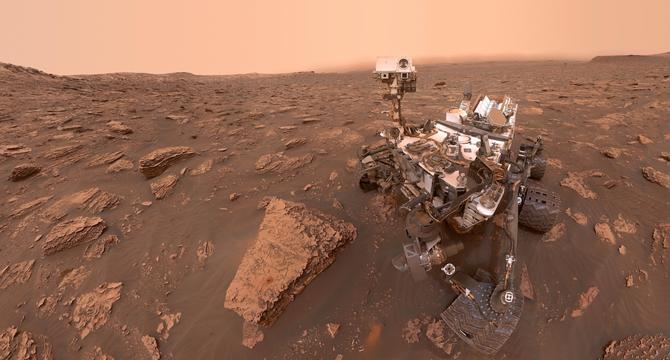
Image Credit: Popsci
Curiosity finds largest-ever organic molecules on Mars
- The Mars Curiosity rover’s onboard mini-lab has confirmed the existence of the largest organic molecules ever found on Mars.
- The long-chain compounds found in Martian soil are believed to be remnants of prebiotic components required for life.
- The discovery provides further evidence that Mars may have once supported life.
- NASA plans to bring Mars samples back to settle the debate about life on Mars.
Read Full Article
7 Likes
Livescience
132

Image Credit: Livescience
'Very rare' black hole energy jet discovered tearing through a spiral galaxy shaped like our own
- A massive spiral galaxy, J2345-0449, located nearly a billion light-years away, has been discovered emitting powerful radio jets from its supermassive black hole.
- These strong radio jets, stretching over 5 million light-years, are very rare for spiral galaxies and are usually associated with massive elliptical galaxies.
- The radio jets are preventing stars from forming near the galaxy's center and are heating up nearby gases, inhibiting the collapse of new stars.
- Studying these rare galaxies could help scientists understand the relationship between supermassive black holes and their host galaxies.
Read Full Article
7 Likes
For uninterrupted reading, download the app